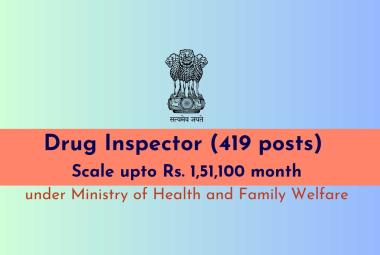Q.1. (a)Define and exemplify chromophores. Discuss their interaction with UV- visible radiation and illustrate their use in structural analysis of organic compounds.
Ans.1. (a) CHROMOPHORE: The term chromophore was previously used to denote a functional group of some other structural feature of which gives a color to compound. For example- Nitro group is a chromophore because its presence in a compound gives yellow color to the compound. But these days the term chromophore is used in a much broader sense which may be defined as “any group which exhibit absorption of electromagnetic radiation in a visible or ultra-visible region “It may or may not impart any color to the compound. Some of the important chromophores are: ethylene, acetylene, carbonyls, acids, esters and nitrile groups etc. A carbonyl group is an important chromophore, although the absorption of light by an isolated group does not give rise to any colour in the ultra-violet spectroscopy.









